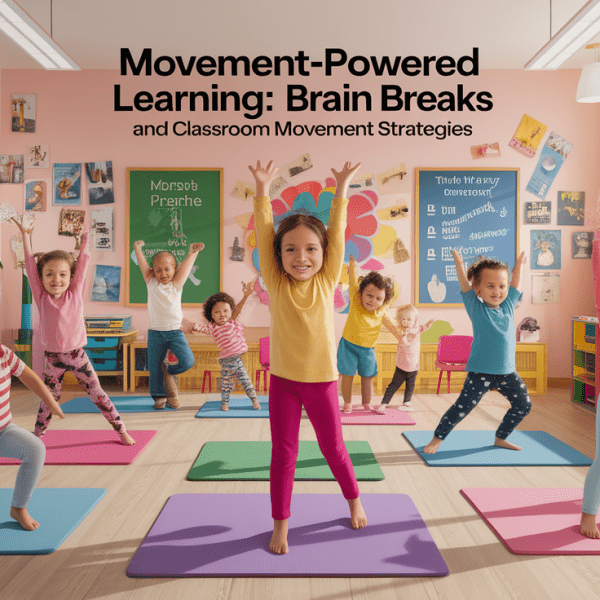Introduction – Calm the Exam Storm
Exams can feel like thunderstorms rolling in—dark clouds of worry, lightning bolts of “What if I fail?” thoughts, and turbulence in your stomach. But here’s the secret: we can learn to be the calm captain steering through these clouds. Test anxiety is incredibly common—research shows that between 25% and 60% of students experience notable exam stress—so if you’ve felt those jitters, you’re far from alone! Today, we’re diving into proven strategies to help you turn the storm into a gentle breeze.

Understanding Test Anxiety
Test anxiety is a mix of physical and mental symptoms that creep in before or during exams. Your heart might race, your mind might go blank, or you might find it hard to concentrate—all thanks to the body’s “fight or flight” response. Factors like high-stakes testing, lofty academic expectations, and even sociocultural pressures can make these feelings stronger. Left unchecked, they can dent your academic performance and make studying feel like battling a monster.

It’s important to recognize that anxiety isn’t a sign you’re unprepared or incapable—it’s your brain reacting to perceived pressure. Once we understand the causes, we can start to tackle them with smart, science-based solutions.
Pre-Test Preparation Techniques
Good preparation isn’t just about memorizing facts—it’s about setting yourself up for a calm, confident test day. Here are some key strategies:

- Create a realistic study schedule: Spacing out learning sessions lets your brain absorb more and keeps panic at bay.
- Use healthy study habits: Include breaks, hydration, and balanced nutrition for sustained energy and focus.
- Practice with purpose: Test yourself using timed quizzes to mimic exam conditions and build familiarity.
- Prioritize sleep hygiene: Aim for 7–9 hours the night before; cramming at 2 a.m. often backfires.
By adopting effective test preparation strategies tailored to your needs, you dramatically reduce the likelihood of panic creeping in.
Mindfulness and Relaxation Strategies
Mindfulness means anchoring yourself to the present moment, freeing you from the hamster wheel of “what if” thoughts. You can practice these relaxation methods anywhere—even in the school hallway before the test:

- Deep breathing: Inhale slowly for a count of four, hold for four, exhale for four—this lowers stress hormones.
- Progressive muscle relaxation: Tense and release muscles from head to toe to defuse tension.
- Visualization techniques: Imagine yourself walking into the exam calm and confident, answering questions with ease.
- Meditation practices: Even five minutes of mindful stillness can boost mental clarity.
Mindfulness-based approaches have proven benefits for academic performance, and incorporating them regularly can make exams feel like just another day at school.
In-Test Coping Mechanisms
Sometimes, even with solid prep, anxiety sneaks in during the exam. Having coping strategies ready can make all the difference:
- Start with easy questions: Build momentum and confidence at the outset.
- Positive self-talk: Replace “I can’t do this” with “I’ve got this, one step at a time.”
- Quick breathing reset: If panic strikes, take a 30-second deep breathing break to reset focus.
- Time management: Allocate minutes per question and stick to your plan to avoid last-minute stress.
These small but powerful techniques help you navigate even the trickiest moments without letting anxiety take over.
Building Long-Term Resilience
Reducing test anxiety isn’t just about survival—it’s about building skills you’ll carry for life. Think beyond the next exam:
- Adopt a growth mindset: See mistakes as learning opportunities, as suggested in growth mindset strategies.
- Incorporate regular exercise: Physical activity is proven to reduce baseline anxiety levels.
- Seek academic counseling: Professional support can provide tailored coping tools and therapy techniques like cognitive behavioral therapy.
- Advocate for institutional change: Encourage schools to explore alternatives to traditional testing, as discussed in student-centered assessment reforms.
By investing in these habits, you transform test-taking from a dreaded event into just another opportunity to shine.
Conclusion – From Jitters to Confidence
With the right strategies, test anxiety can shift from being a raging storm to a manageable drizzle. By combining smart preparation, mindfulness, in-test coping skills, and a focus on long-term resilience, you give yourself the tools to not only perform better but also enjoy the process of learning. Everyone’s journey from jitters to confidence looks different, but every step you take toward understanding and managing anxiety makes the skies a whole lot clearer for your academic future.




